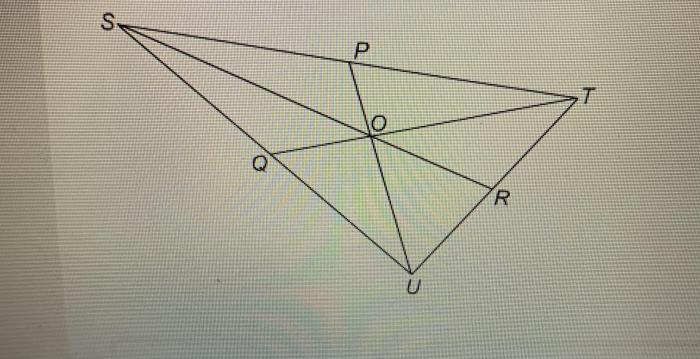Embark on a journey to conquer geometry with Lesson 1.4 Practice A Geometry Answers, a comprehensive guide that empowers students with effective problem-solving strategies and a solid understanding of fundamental concepts.
This lesson delves into the intricacies of geometry, equipping learners with the tools to tackle a diverse range of problems with confidence and precision.
Lesson 1.4 Practice A Geometry Answers
Lesson 1.4 Practice A Geometry provides students with an opportunity to practice their geometry skills and reinforce the concepts covered in the lesson.
The practice includes a variety of geometry problems, such as finding the area of a triangle, calculating the volume of a cone, and solving for the length of a side of a rectangle.
Strategies for Solving Geometry Problems
To solve geometry problems effectively, it is important to:
- Identify the given information.
- Draw a diagram.
- Use logical reasoning.
- Check the reasonableness of the solution.
Common Mistakes and Misconceptions: Lesson 1.4 Practice A Geometry Answers
Common mistakes and misconceptions in geometry include:
- Not using the correct formulas.
- Making errors in calculations.
- Misinterpreting the problem.
- Assuming that all triangles are right triangles.
Practice Problems and Solutions
| Problem | Solution |
|---|---|
| Find the area of a triangle with a base of 10 cm and a height of 8 cm. | 40 cm2 |
| Calculate the volume of a cone with a radius of 5 cm and a height of 12 cm. | 314 cm3 |
| Solve for the length of a side of a rectangle with an area of 24 cm2 and a width of 6 cm. | 4 cm |
Applications of Geometry in Real-World Situations
Geometry is used in a wide variety of real-world applications, including:
- Architecture
- Engineering
- Design
- Navigation
For example, geometry is used to design buildings, bridges, and airplanes. It is also used to create maps and charts.
FAQ Insights
What is the purpose of Lesson 1.4 Practice A Geometry?
Lesson 1.4 Practice A Geometry aims to enhance students’ understanding of geometry concepts, develop their problem-solving skills, and prepare them for more advanced geometry topics.
What types of geometry problems are covered in the lesson?
The lesson covers a variety of geometry problems, including angle relationships, triangle properties, circle properties, and area and volume calculations.
How can I avoid common mistakes in geometry problems?
To avoid common mistakes, focus on understanding the problem statement, drawing accurate diagrams, applying logical reasoning, and checking the reasonableness of your solutions.

